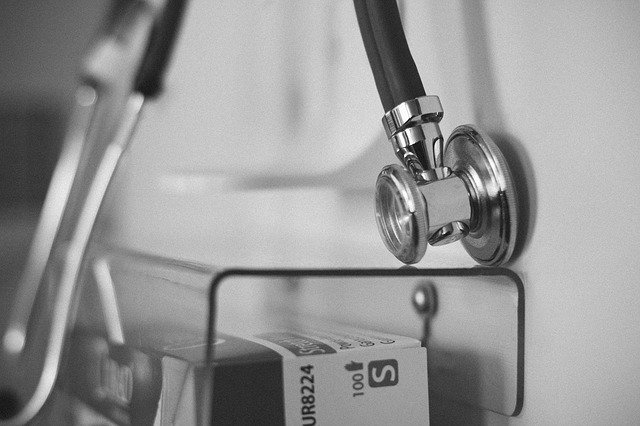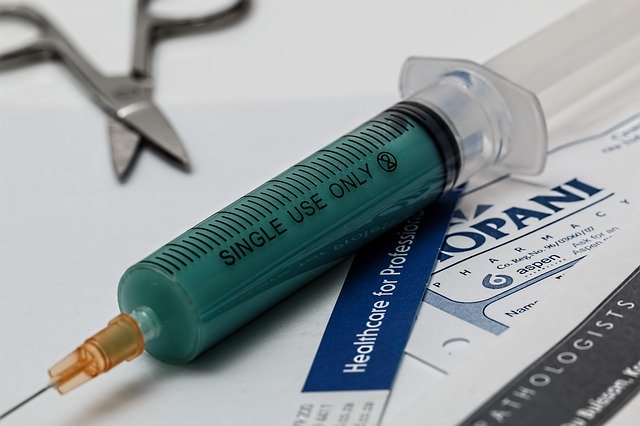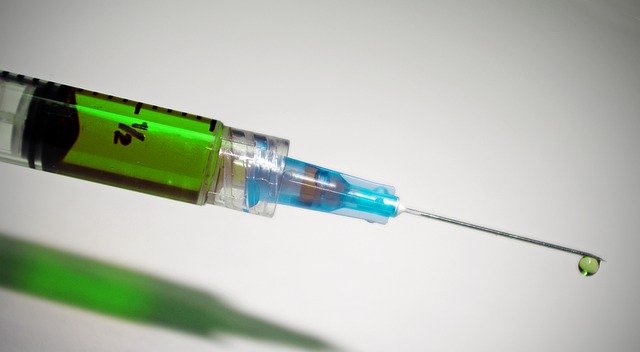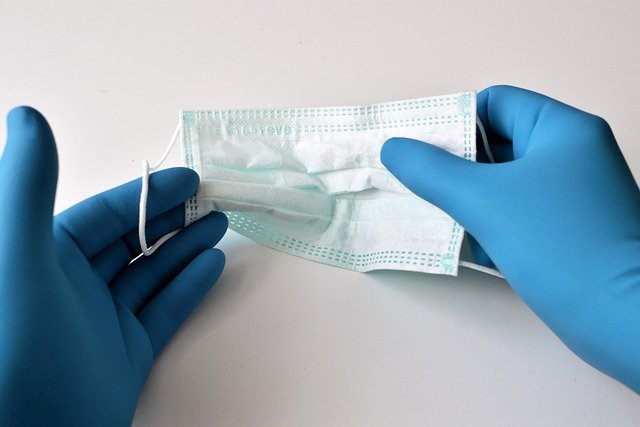Common Childhood Conditions
Fever is probably the most common of all pediatric complaints, affecting millions of infants and children throughout childhood. While many of you may become concerned, even anxious, when your child develops a fever, you can be reassured that this most natural of symptoms usually indicates that your child’s immune system is alive and functioning well. How sick your child acts is what counts, and that should determine whether he or she needs a doctor’s attention. However, if your baby is less than three months old and has a fever higher than 100.4, Contact us immediately!!
- What Kind of Thermometer Should I Use?
- How Do I Use a Digital Thermometer?
- How Do I Know if My Child Has a Fever?
The normal temperature usually ranges from 97.0 degrees Fahrenheit to 100.4 degrees Fahrenheit. Body temperature also varies according to the time of day, age, and physical activity level. The standard definition of fever is a rectal temperature greater or equal to 100.4 degrees Fahrenheit.
While a fever is a sign that your body is fighting an infection, lowering the fever will not make it take longer to get over the infection. You do not necessarily need to treat your child’s fever, but fever can be treated as a comfort measure in most cases. Treating a fever, especially if an infection causes it, will not help your child get better any faster, but it may help make it feel better. If your child has a fever, especially if it is low grade, but does not feel bad, you don’t need to give him a fever reducer.
Treatment of a fever can include using an over-the-counter fever reducer, including products that contain acetaminophen (Tylenol) or ibuprofen (Motrin or Advil). It would help if you also gave your child a lot of fluids when he has a fever so that he does not get dehydrated.
Is it safe to alternate acetaminophen and ibuprofen? If you are using the correct dosage of each medicine at the right times, it is probably safe, although there is no research to prove that it helps. It is easy to get confused and give an extra dose of one or the other medicines. If you are alternating fever reducers, then write down a schedule with the times that you are giving the medication so that the correct medicine is always given at the correct time.
What Kind of Thermometer Should I Use?
Whichever type of thermometer you choose, be sure you know how to use it correctly to get an accurate reading. Keep and follow the manufacturer’s recommendations for any thermometer.
Digital thermometers usually provide the quickest, most accurate readings. They come in many sizes and shapes, are available at most supermarkets and pharmacies, and are available in a range of prices. Although you should read the manufacturer’s instructions to determine what method or methods the thermometer is designed for, many digital thermometers can be used for the following temperature-taking methods:
- oral (in the mouth)
- rectal (in the bottom)
- axillary (under the arm)
Digital thermometers usually have a plastic, flexible probe with a temperature sensor at the tip and an easy-to-read digital display on the opposite end.
How Do I Use a Digital Thermometer?
Electronic ear thermometers measure the tympanic temperature – the temperature inside the ear canal. Although they’re quick, accurate, and easy to use in older children, electronic ear thermometers aren’t as accurate for very young children as digital thermometers and are more expensive. The American Academy of Pediatrics (AAP) advises against using electronic ear thermometers for infants younger than 3 months.
Plastic strip thermometers (small plastic strips that you press against your child’s forehead) may be able to tell you whether your child has a fever, but they aren’t reliable for taking an exact measurement, especially in infants and children. If you need to know your child’s exact temperature, plastic strip thermometers are not the way to go.
Forehead thermometers may be a reasonable alternative to ear thermometers, if your infant is younger than a year old. But they are not as accurate as oral or rectal digital thermometers.
Pacifier thermometers may seem convenient, but again, they’re unreliable and shouldn’t be used in infants younger than 3 months. They also require the child to keep the pacifier in the mouth for several minutes without moving, which is a nearly impossible task for most babies and toddlers.
Glass mercury thermometers were once commonly used, but the AAP now advises against using them because of concerns about possible exposure to mercury, which is an environmental toxin. (If you still have a mercury thermometer, do not simply throw it in the trash where the mercury can leak out. Talk to your child’s doctor or your local health department about how and where to dispose of your mercury thermometer.)
As any parent knows, taking a squirming child’s temperature can be challenging. But it’s one of the most important tools doctors have to figure out if your child has an illness or infection. The method you choose to take your child’s temperature will depend on his or her age and how cooperative your child is.
If your child is younger than 3 months, you’ll get the most reliable reading by using a digital thermometer to take a rectal temperature. Electronic ear thermometers aren’t recommended for infants younger than 3 months because their ear canals are usually too small.
If your child is between 3 months to 4 years old, you can use a digital thermometer to take a rectal temperature or an electronic ear thermometer to take the temperature inside the ear canal. You could also use a digital thermometer to take an axillary temperature, although this is a less accurate method.
If your child is 4 years or older, you can usually use a digital thermometer to take an oral temperature if your child will cooperate. However, children who have frequent coughs or are breathing through their mouths because of stuffy noses might not be able to keep their mouths closed long enough for an accurate oral reading. In these cases, you can use the tympanic method (with an electronic ear thermometer) or axillary method (with a digital thermometer).
How Do I Know if My Child Has a Fever?
A gentle kiss on the forehead or a hand placed lightly on your child’s skin is often enough to tell that your child has a fever. However, this method of taking a temperature (called tactile temperature) is dependent on the person doing the feeling and doesn’t give an accurate measure of a child’s temperature.
Using a reliable thermometer, you can tell if your child has a fever if his or her temperature is at or higher than one of the following levels:
- 100.4 degrees Fahrenheit (38 degrees Celsius) measured rectally (in the bottom)
- 99.5 degrees Fahrenheit (37.5 degrees Celsius) measured orally (in the mouth)
- 99 degrees Fahrenheit (37.2 degrees Celsius) measured in an axillary position (under the arm)
But how high a fever is doesn’t tell you much about how sick your child is. A simple cold or other viral infection can sometimes cause relatively high fever (in the 102 to 104 degrees Fahrenheit, or 38.9 to 40 degrees Celsius, range), but doesn’t usually indicate a serious problem. And serious infections may cause no fever or even an abnormally low body temperature, especially in young infants.
Because fevers may rise and fall, a child with fever may experience chills, which occur when the body tries to generate additional heat when its temperature begins to rise. The child may sweat as the body releases extra heat when the temperature starts to drop.
Sometimes children with a fever may also breathe faster than usual and may have a higher heart rate. You should call your child’s doctor if your child is having difficulty breathing, is breathing a lot faster than normal, or continues to breathe fast after the fever comes down.
Conditions Affecting the Ears, Nose and Throat
(Allergies, Strep Throat, Ear Infections, etc.)
Allergies
Throat Infections
Ear Infections
Sinus Infections
Conditions Affecting the Gastrointestinal System
(Vomiting, Diarrhea, Constipation, etc.)
Conditions Affecting the Urinary System
(Bladder/Kidney Infections, Bed Wetting, Vesiculo-Ureteral Reflux, etc.)
Conditions Affecting The Respiratory System
(Sinus Infections, Asthma, Pneumonia, etc.)
Asthma
Respiratory Infections
Conditions Affecting the Bones, Joints, and Muscles
(Fractures, Feet, Arthritis, etc.)
AAPM&R – Education Is the Key to Preventing Sports Injuries
Questions and Answers Sprains and Strains
Shoulder
Arm
- Broken arm
- Elbow Fractures in Children
- Forearm Fractures in Children
- Erb’s Palsy (Brachial Plexus Injury)
Knee
- The Knee: General Info
- Adolescent Anterior Knee Pain
- Unstable Kneecap
- Runner’s knee (patellofemoral pain)
- Osgood-Schlatter disease (knee pain)
Foot
Thigh and Ankle







